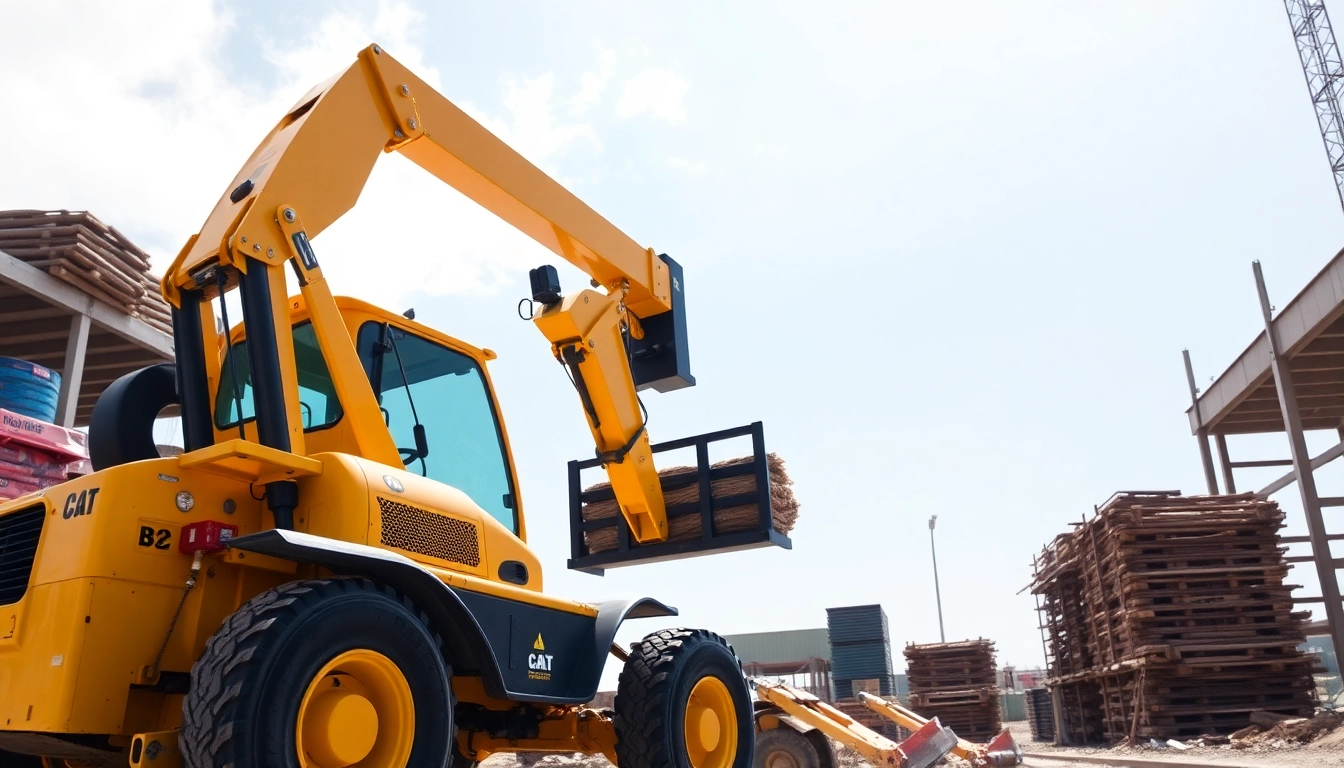Expert Telehandler Rental Solutions for Construction and Industry in the UK
In the dynamic world of construction, agriculture, and industrial operations, machinery versatility and reliability are crucial for project efficiency and safety. Among the most versatile and indispensable pieces of equipment is the telehandler, also known as a telescopic handler. Whether you’re lifting heavy materials to great heights or maneuvering bulky loads across challenging terrains, a telehandler provides a strategic advantage. For many organizations, opting for telehandler rental offers flexibility, cost-effectiveness, and access to advanced machinery without the long-term commitments of purchasing.
A telehandler is a robust, versatile machine combining the lift capabilities of a forklift with the reach of a crane. Featuring a telescopic boom that extends upward and forward, telehandlers are ideal for reaching high places, placing loads precisely, and handling materials in tight or elevated spaces. These machines are commonly used in diverse sectors including construction, agriculture, warehousing, and infrastructure projects.
In construction, telehandlers facilitate lifting and positioning heavy building materials, scaffolding, and lifting equipment to various heights, greatly speeding up assembly processes. Agricultural operations benefit from their ability to handle hay bails, feed, and other bulky items efficiently. Similarly, in industrial settings, telehandlers support warehouse logistics by loading and stacking goods in storage facilities.
The functional design incorporates features such as adjustable forks, lifting attachments, and stabilizers, which enhance operational flexibility. Their ability to navigate uneven terrains makes them indispensable on outdoor worksites, offering a combination of mobility and lifting power unmatched by traditional lifting equipment.
Selecting telehandler rental over purchase offers a range of strategic advantages:
Efficient project management hinges on smart equipment utilization. Telehandler rental simplifies logistics and resource planning:
Additionally, rental providers often assist with operator training and on-site support, ensuring your team is fully equipped to operate machinery safely and efficiently.
Selecting a telehandler that matches your project requirements is essential. Key specifications include:
Matching these specifications ensures safety, efficiency, and minimizes equipment strain. For instance, smaller telehandlers are perfect for indoor or limited-space operations, while larger models excel outdoors with heavy loads.
The rental market offers various types tailored to specific tasks:
To choose the correct model, consider:
Proper training is paramount. In the UK, operators should hold recognized certifications like the CPCS (Construction Plant Competence Scheme) or NPORS (National Portable Operator Registration Scheme). Adequate training covers:
Many rental providers offer on-site training courses or recommend certified operators to ensure safety compliance and reduce accident risks.
Regular inspections and maintenance are critical to prevent equipment failures. Best practices include:
Rental companies typically handle major repairs, but operators are responsible for daily inspections to uphold safety standards.
Efficient use of telehandlers involves proper load management, understanding machine limits, and operating within safety zones. Techniques include:
Training operators on these best practices enhances safety, extends equipment lifespan, and improves productivity.
Pricing for telehandler rentals varies depending on size, model, duration, and supplier. Typical daily rates range from £130 to £290, with weekly rates between £350 and over £700. Many providers offer discounts for longer-term rentals or bundled packages including delivery, setup, and support.
For instance, models like the Wacker Neuson TH412 can be rented at approximately £130 per day, while larger units for extensive projects might attract higher rates. It’s advisable to obtain multiple quotes and clarify any additional costs.
To secure equipment efficiently:
Working with reputable rental companies ensures timely delivery and reliable equipment availability, reducing project delays.
Additional expenses to consider include:
Clear communication with your provider ensures transparent costs and smooth project execution.
Large-scale infrastructure projects have benefited significantly from telehandler rentals. For example, a UK-based commercial builder successfully completed a multi-storey development by renting telehandlers to offload and position heavy materials at various heights, reducing the need for multiple static cranes and accelerating the build timeline.
In agriculture, rental telehandlers facilitate efficient handling of hay bails, feed, and equipment, especially during peak harvesting or planting seasons. A landscaping company reported improved site productivity after renting versatile, compact models suitable for confined spaces and uneven terrains.
Reliable rental providers emphasize uptime and safety compliance. Their responsive support, timely maintenance, and flexible contracts enable clients to focus on core project tasks without equipment worries. Case in point, a logistics firm minimized delays by partnering with a local rental supplier offering 24/7 on-site support and immediate replacements for faulty units.
Understanding Telehandler Rental: Key Features and Benefits
What is a Telehandler and Its Functional Uses
Advantages of Renting Telehandlers for Your Projects
How Telehandler Rental Streamlines Construction Operations
Choosing the Right Telehandler for Your Needs
Size and Loading Capacity Considerations
Types of Telehandlers Available for Rent
Factors to Consider When Selecting a Telehandler
Best Practices for Safe and Efficient Telehandler Usage
Operator Training and Certification
Maintenance and Inspection Protocols
Maximizing Performance Through Proper Handling
Cost and Rental Process: What to Expect
Rental Rates and Pricing Structures in the UK
Booking and Availability Tips
Additional Costs: Delivery, Insurance, and Support
Case Studies and Customer Success Stories
Industrial Construction Projects Using Telehandler Rentals
Agricultural and Landscaping Applications
How Reliable Rental Service Ensures Project Success
